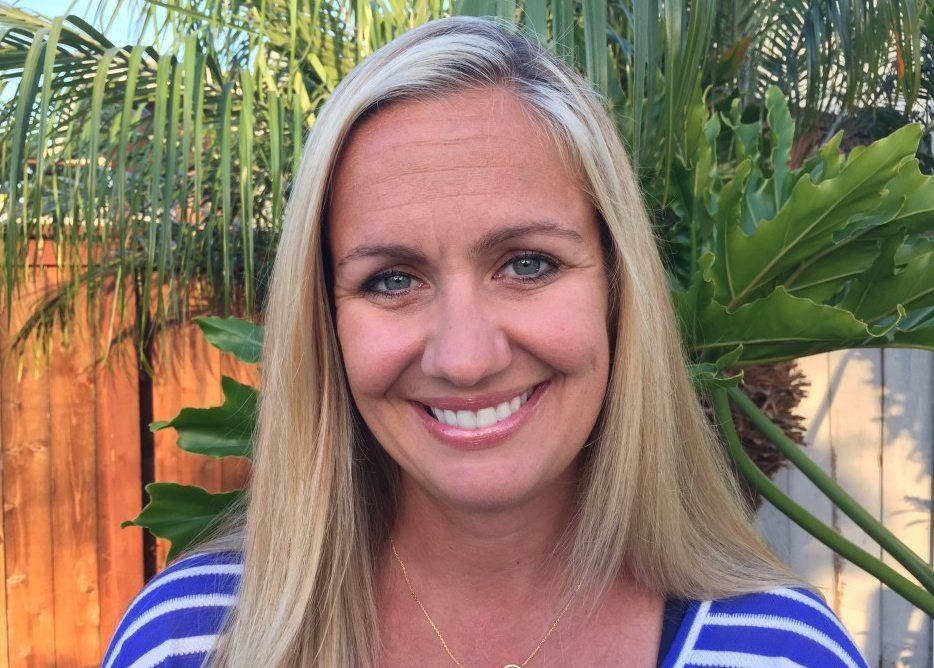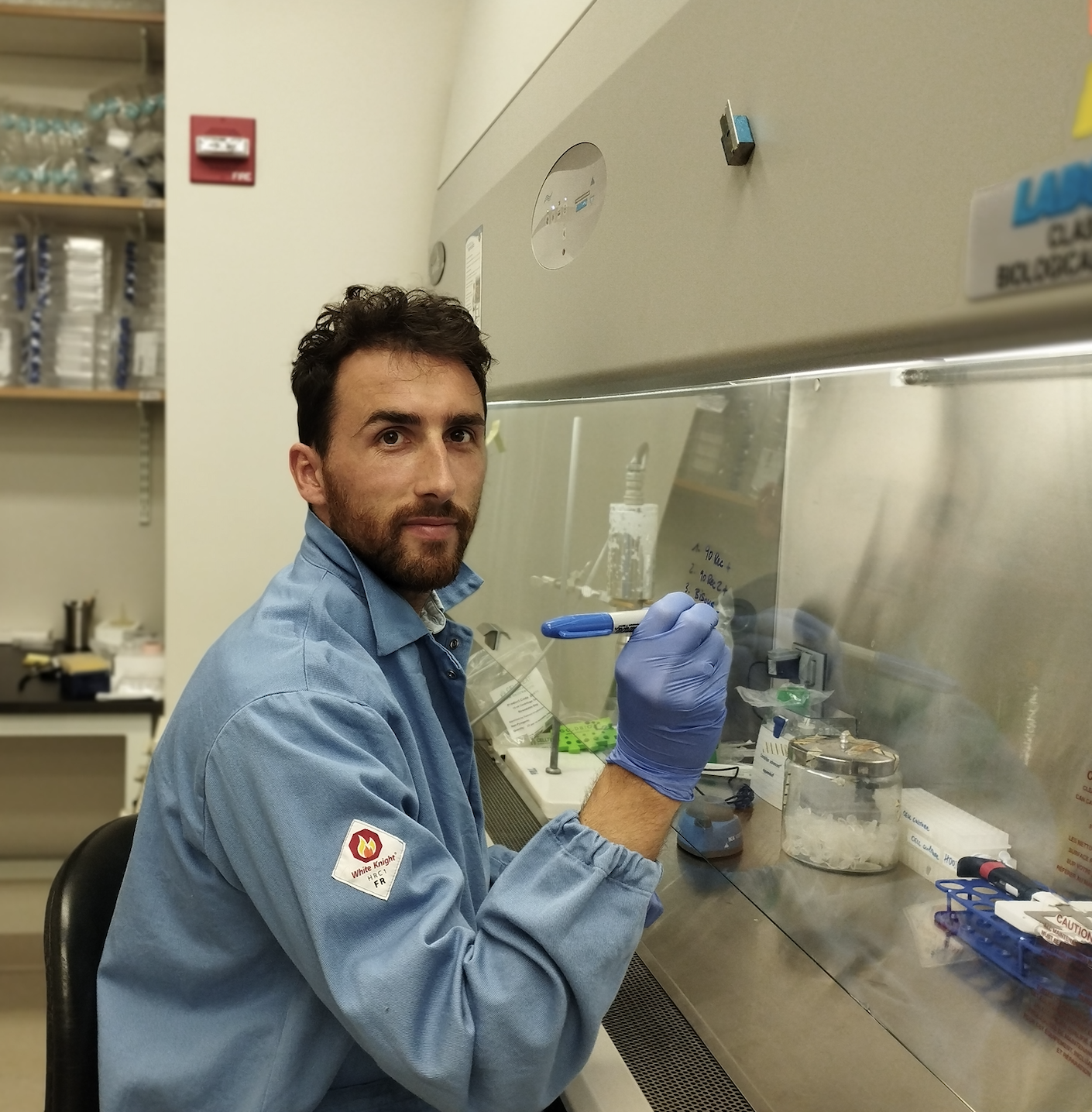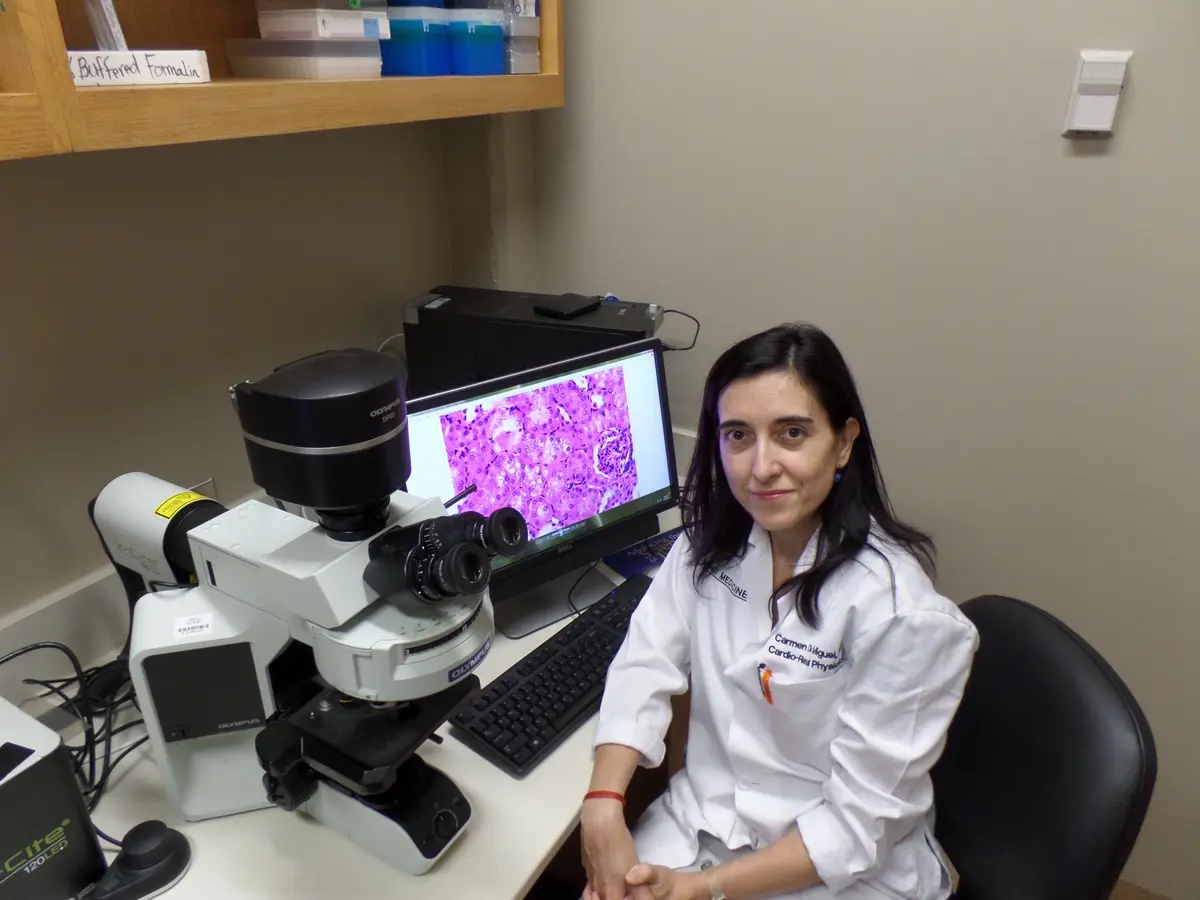Where is she now?
After receiving seed funding from DRC, Dr. Forttman received follow-on funding from NIH for $3.5M to continue her work in studying the value and utility of the CGM in the inpatient hospital setting.
Final Project Report
Our enrollment with this study is ongoing and we have added additional hospital sites now that all hospitals are on EPIC. Since our nursing staff is still able to identify at-risk T1D patients and offer the consent and placement of the CGM device, we have decided that there is no reason to close enrollment in the T1D population even though the official DRC project has ended. Dexcom has also agreed to continue supplying us with the new G6 sensors, therefore it provides further reason to continue this valuable study. We recruited 27 patients as of June 2019 in the T1D arm of the study. We will be using this pool of patients along with any additional recruited patients to compare with a historical control group using point of care glucose data.
We are grateful to DRC for the funding and the opportunity to create a path to formally offer patients with T1D a CGM while in the hospital setting. This has been a fascinating learning experience to see the real-world challenges which occur, as well as the benefits when trying to provide the latest digital technology to patients.
Project Description
Individuals with type 1 diabetes (T1D) comprise a small proportion of annual hospital admissions; however, when hospitalized with critical medical conditions, blood glucose values can fluctuate dramatically, quickly putting these patients at risk for complications of severe hypo- and hyperglycemia. Optimally, in an acute care setting blood glucose monitoring should occur continuously, similar to the observation of other vital signs such as heart rate, oxygen levels, and blood pressure. Continuous glucose monitors (CGM) alert people with diabetes that glucose values have reached, or are trending toward dangerous ranges.
Our study will examine the value and utility of the CGM in the inpatient environment. Specifically, we hypothesize that use of CGM will result in fewer dangerous episodes of severe hyper- and hypoglycemia and improved satisfaction with care among hospitalized patients with type 1 diabetes. The proposed research has the potential to improve the safety and outcomes of the most critically ill individuals with diabetes. This project is forward-thinking in that it is patient-driven; Scripps patients with T1D provided the impetus for this project, based on their experiences with glucose management in the hospital, and have contributed significantly to protocol development. This study will provide valuable information on the ability of CGMs to improve important outcomes and satisfaction with care among individuals with T1D in the hospital.
We hypothesize that the percentage of patient-days with average glucose in the target range (70- 180 mg/dL) among patients with type 1 diabetes utilizing the CGM will be higher compared with historical baseline data. We predict that the rates of hypoglycemia (<70 mg/dL) and hyperglycemia (>180mg/dL) among patients with T1D utilizing the CGM will be lower compared with historical baseline data. We will also examine the acceptability and feasibility of using CGM in the hospital environment from patient and provider perspectives.
All patients with T1D admitted to Scripps Hospital La Jolla or Scripps Mercy Chula Vista who meet study criteria will be invited to enroll in the proposed research until recruitment goals are reached (N=100). Upon admission, the emergency department, admitting nurse, or attending physician will notify the inpatient glucose management team [(APN and/or certified diabetes educator (CDE)] of potentially eligible patients with T1D. The APN or CDE will then screen the patient. We have selected only minimal exclusion criteria in order to obtain a sample that is representative of hospitalized patients with T1D, and in turn, enhance the generalizability of the findings. Once enrolled, participants will have CGM sensors placed and calibrated appropriately within 24 hours of admission by a member of the inpatient glucose management team. The CGM will remain in place, and the patient will be followed by the diabetes APN for glucose management for the duration of the hospitalization. Through close collaboration with the attending physician and other care team members, the diabetes APN will use a standardized glucose management algorithm, which incorporates CGM data and validation point-of-care (POC) testing values, to achieve optimal management of blood glucose. Wireless communication will allow for assigned study personnel to view CGM values at real time and also be alerted by alarms set by specifications above. Insulin adjustments will be individualized based on the patient’s clinical scenario. Communication between glucose management team, nursing staff and monitoring physician may take place more often if trends towards hypoglycemia or hyperglycemia are visible.
Primary outcomes of rates of hypo- /hyperglycemia among patients with T1D will be compared with historical controls from the same hospital in the previous year. Self-report surveys will be administered prior to discharge to assess satisfaction with blood glucose control during the hospitalization, and patient’s perceptions regarding acceptability and feasibility of the CGM (e.g., comfort, sleep interference, desire for continued use). After discharge, 2 focus groups (of 6-10 participants each) will be conducted to ascertain more in-depth, qualitative information regarding patients’ perceptions of the CGM. Lastly, key informant interviews will be conducted to ascertain provider (staff nurses, hospitalists, APNs) satisfaction and recommendations based on their experience.







